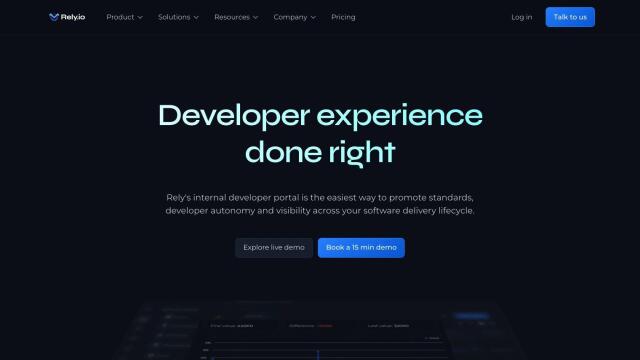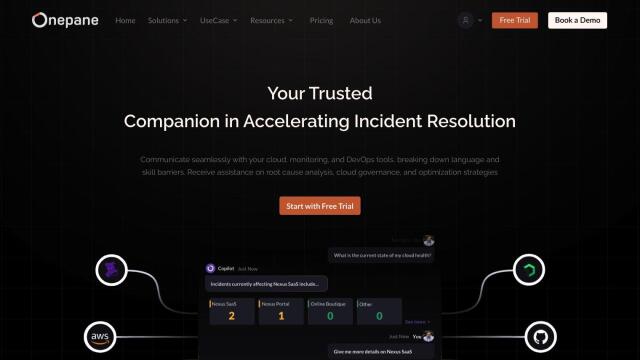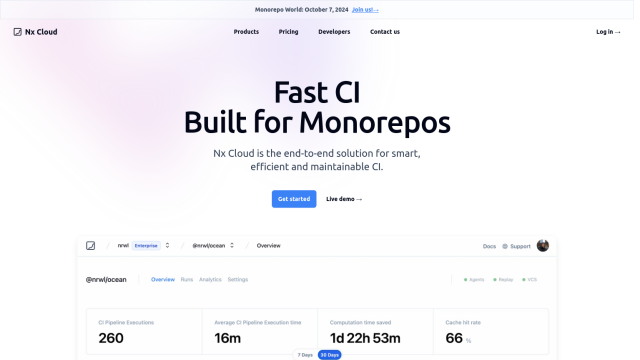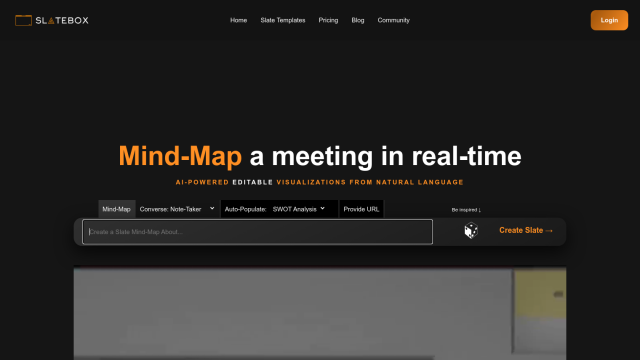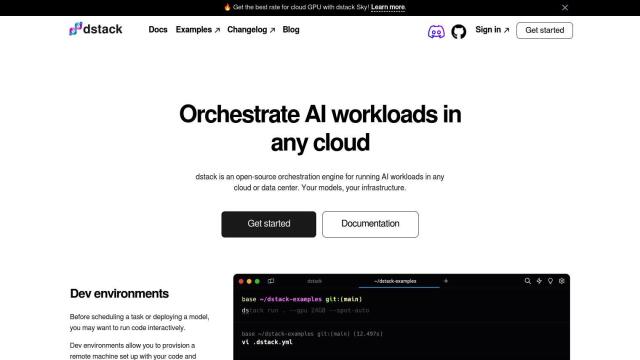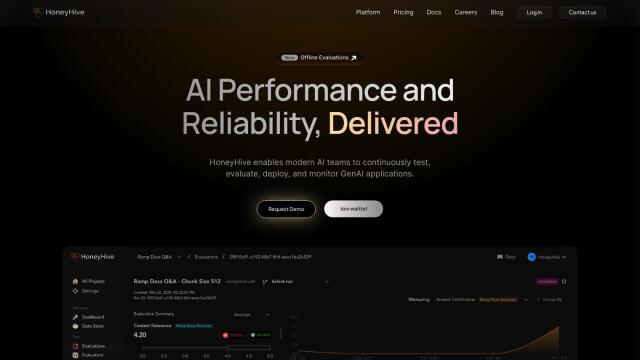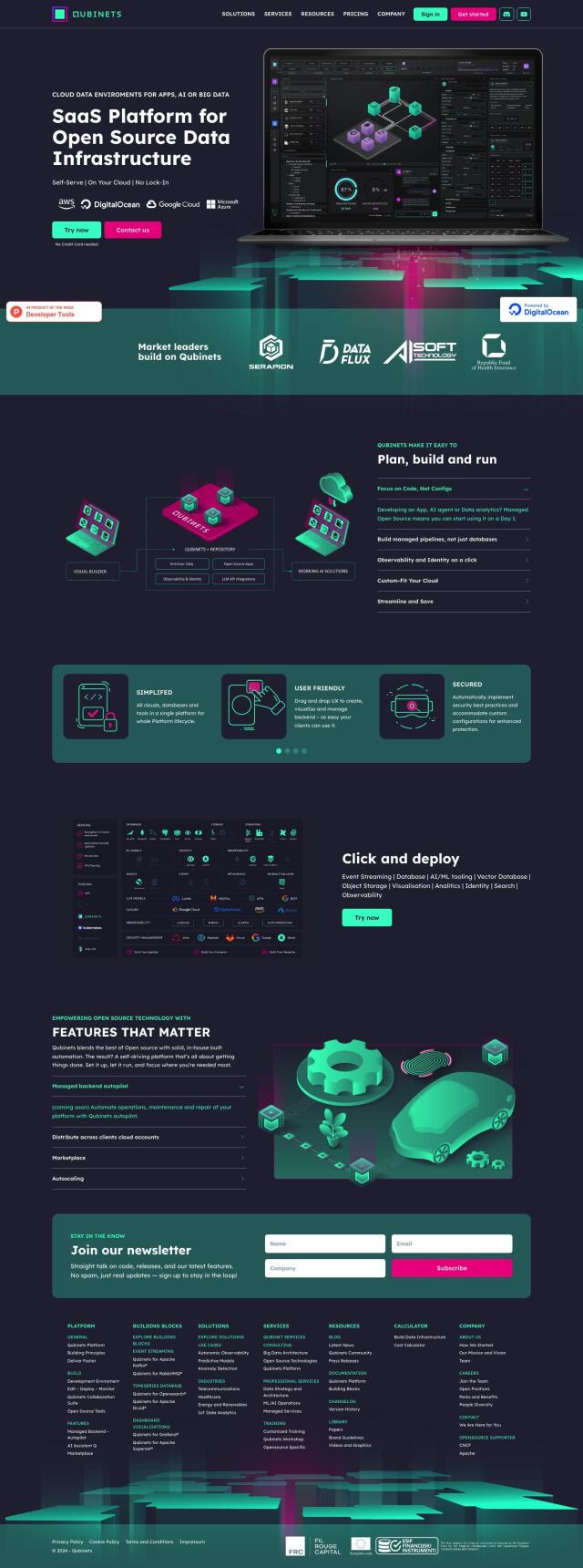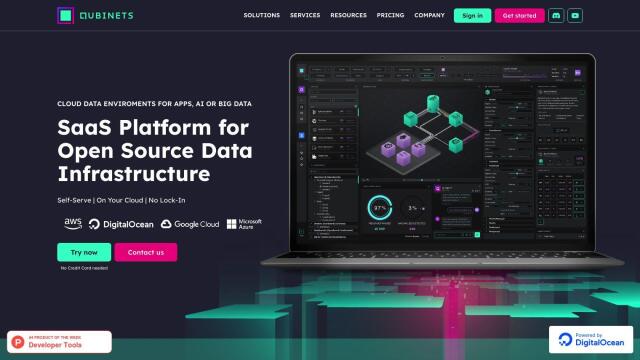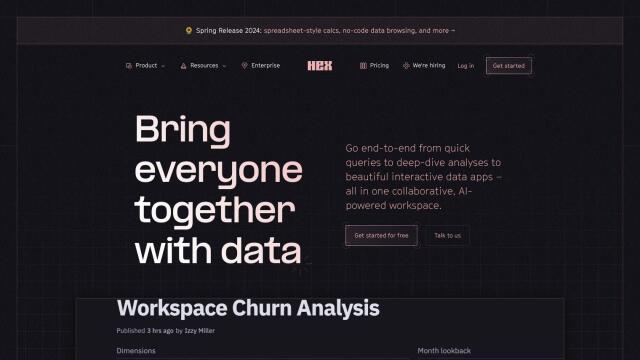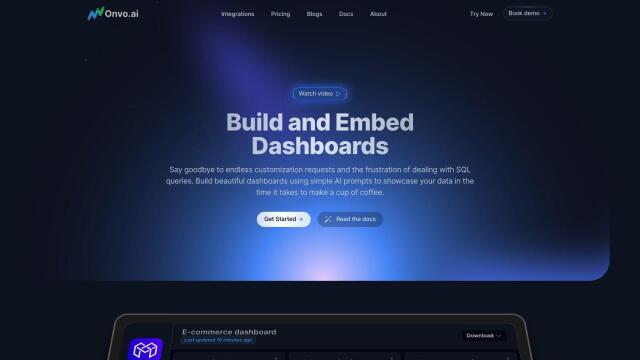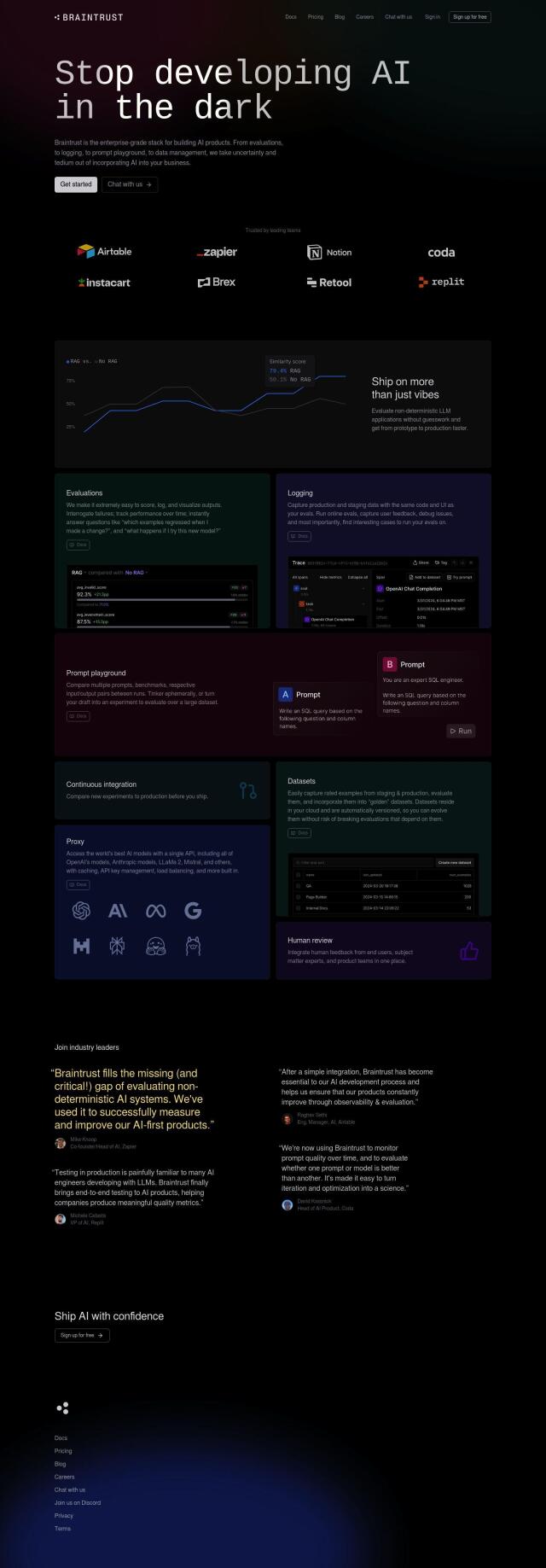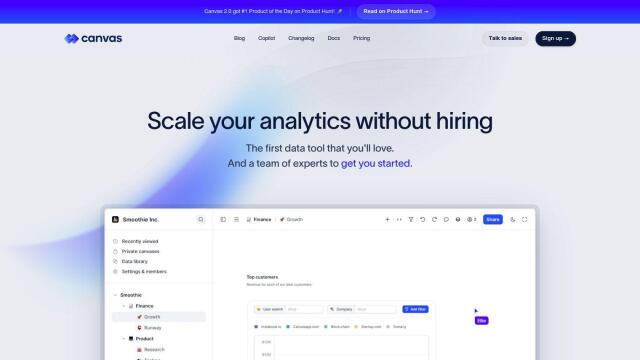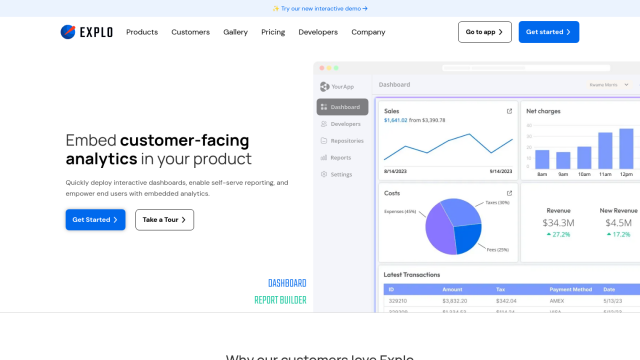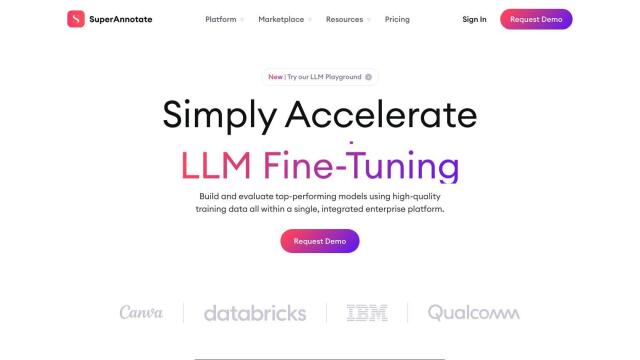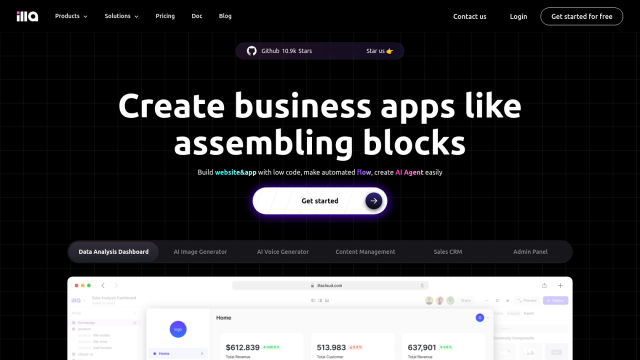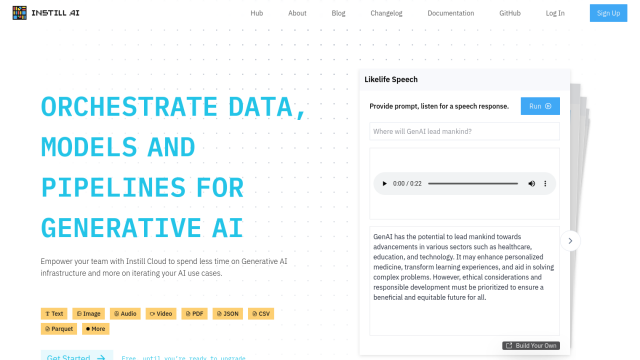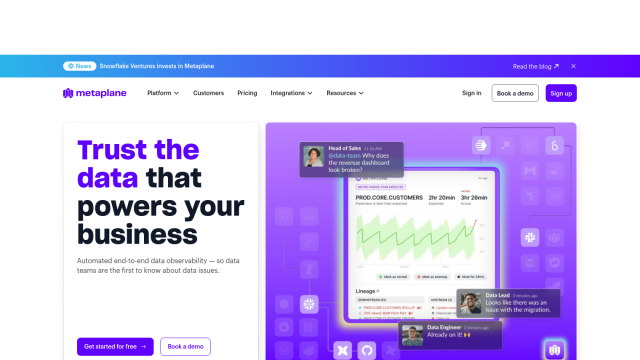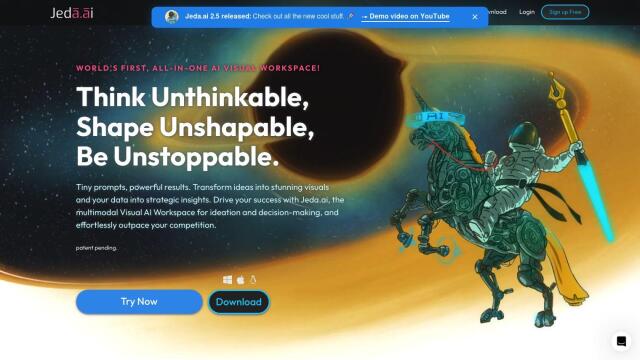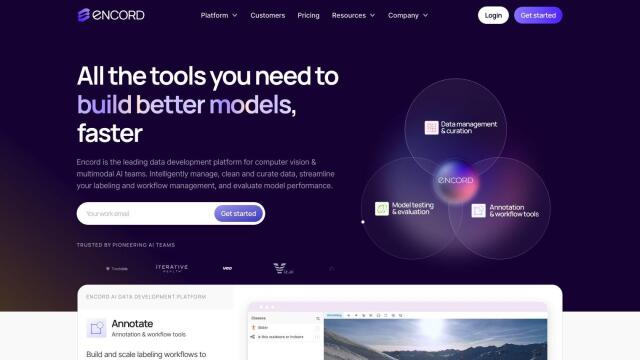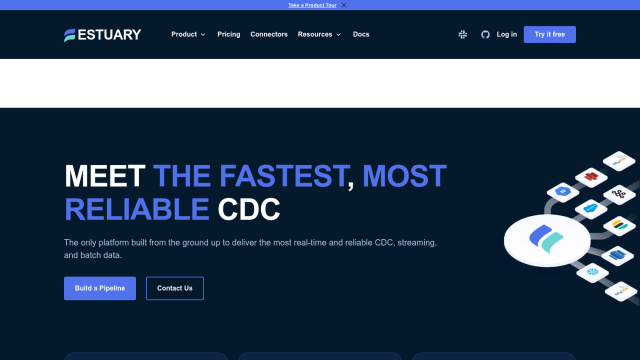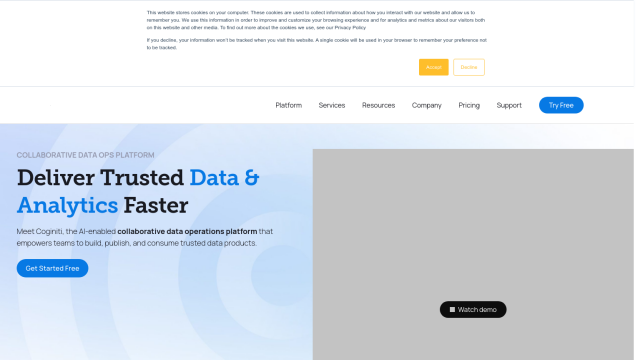Question: Is there a cloud infrastructure visualization tool that integrates with CI pipelines and allows for interactive exploration and annotation of resources?
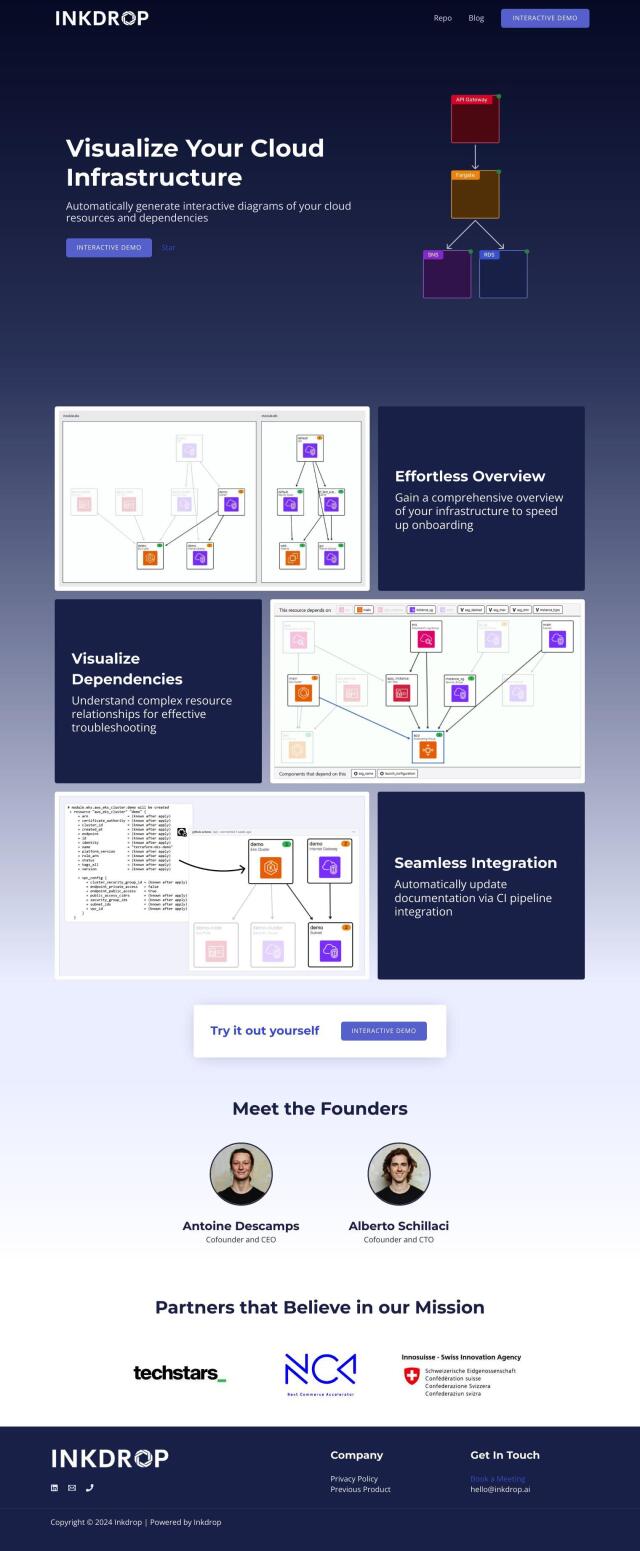
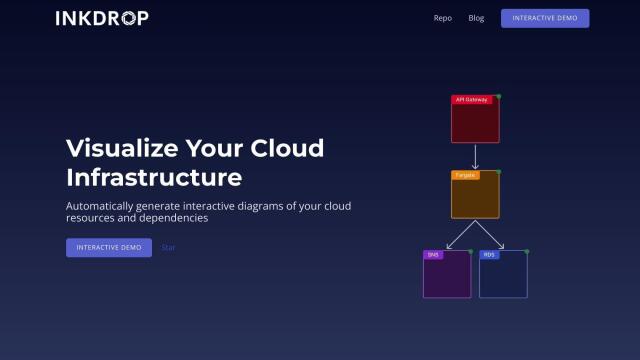
Inkdrop
If you need a cloud infrastructure visualization tool that fits into your CI pipeline and lets you interactively explore and annotate resources, Inkdrop could be a good choice. Inkdrop can automatically generate interactive diagrams of cloud resources and their interdependencies so you can quickly get up to speed and troubleshoot. It can be integrated with CI pipelines to update documentation and offers features like intuitive visualization and annotation, smart filtering and highlighting, and interactive exploration.

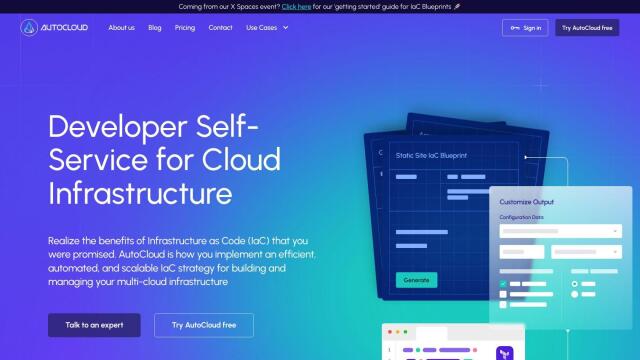
AutoCloud
Another contender is AutoCloud, which offers immediate visibility into public cloud infrastructure with visualizations and a GraphQL API. AutoCloud can help Terraform problems like slow delivery, overspending and security vulnerabilities through a four-step process that includes linking cloud accounts, generating missing code, creating reusable blueprints and generating Terraform code ready for production. The system is designed to be useful to both technical and nontechnical people and includes security and cost considerations built in.

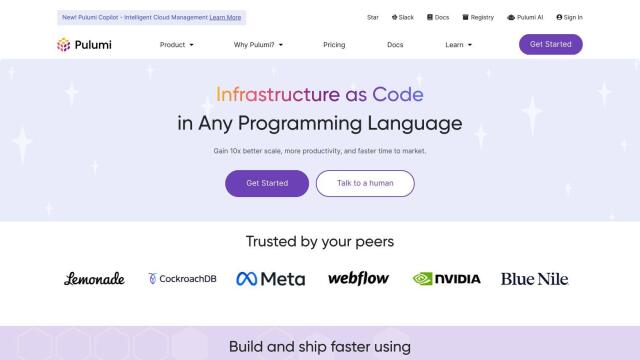
Pulumi
If you're looking for a more complete infrastructure as code solution, check out Pulumi. It lets developers build, deploy and manage infrastructure across multiple clouds using their preferred programming languages. Pulumi supports many cloud providers and can be integrated with existing software delivery pipelines for versioning, testing and deployment. It offers policy-as-code, automated testing and deployments that follow organizational standards, making it a good fit for teams trying to increase productivity and scalability in their infrastructure operations.

